六、head命令
作用:用来查看文本文档
示例:显示前10行
[root@template tmp]# head -n 10 /etc/passwd
root:x:0:0:root:/root:/bin/bash
bin:x:1:1:bin:/bin:/sbin/nologin
daemon:x:2:2:daemon:/sbin:/sbin/nologin
adm:x:3:4:adm:/var/adm:/sbin/nologin
lp:x:4:7:lp:/var/spool/lpd:/sbin/nologin
sync:x:5:0:sync:/sbin:/bin/sync
shutdown:x:6:0:shutdown:/sbin:/sbin/shutdown
halt:x:7:0:halt:/sbin:/sbin/halt
mail:x:8:12:mail:/var/spool/mail:/sbin/nologin
operator:x:11:0:operator:/root:/sbin/nologin
七、history
作用:查看历史记录命令
[root@tempate tmp]# history
1 ip a
2 shutdown -h now
3 ip addr
4 systemctl restart network
5 ip addr
清空历史记录
[root@template tmp]# history -c
八、sosreport
sosreport命令用于收集系统配置并诊断信息后输出结论文档,格式为:“sosreport”。
当咱们的Linux系统出现故障需要联系红帽厂商或其他技术支持时,大多数时候都要先使用这个SOS功能来简单收集计算机的状态和配置信息,以便让技术支持公司能够通过远程就解决了一些小问题,又或者让他们能对复杂问题能提前有些了解:
[root@template tmp]# sosreport
sosreport (version 3.2)
This command will collect diagnostic and configuration information from
this CentOS Linux system and installed applications.
An archive containing the collected information will be generated in
/var/tmp and may be provided to a CentOS support representative.
Any information provided to CentOS will be treated in accordance with
the published support policies at:
https://www.centos.org/
The generated archive may contain data considered sensitive and its
content should be reviewed by the originating organization before being
passed to any third party.
No changes will be made to system configuration.
Press ENTER to continue, or CTRL-C to quit. #此处敲击回车来确认收集信息
Please enter your first initial and last name [template]: #此处敲击回车,来确认主机名称
Please enter the case id that you are generating this report for []: #此处敲击回车,生成报告
Setting up archive 。。。
Setting up plugins 。。。
Running plugins. Please wait 。。。
Running 77/77: yum.。。
Creating compressed archive.。。
Your sosreport has been generated and saved in:
/var/tmp/sosreport-template-20170416043251.tar.xz
The checksum is: 9f5d08f6373e35985213ab8001f7a078
Please send this file to your support representative.
#此压缩包文件和这段校验值就是要发送给对方的内容。
#查看生成的报告
[root@template tmp]# ll /var/tmp/
-rw-------。 1 root root 5543652 Apr 16 04:34 sosreport-template-20170416043251.tar.xz
九、free命令
作用:显示当前系统中内存的使用量信息
[root@linux~]# free -h
总计内存量已用量可用量进程共享的内存量磁盘缓存的内存量缓存的内存量
totalusedfreesharedbufferscached
Mem:1.8G1.3G542M9.8M1.6M413M
-/+ buffers/cache: 869M957M
Swap:2.0G0B2.0G
十、w和who命令
作用:查看当前登入主机的用户信息
[root@template tmp]# w
04:40:12 up 1:04, 2 users, load average: 0.00, 0.12, 0.12
USER TTY FROM LOGIN@ IDLE JCPU PCPU WHAT
root tty1 03:36 55:00 0.15s 0.15s -bash
root pts/0 192.168.30.1 03:46 4.00s 0.67s 0.02s w
[root@template tmp]# who
root tty1 2017-04-16 03:36
root pts/0 2017-04-16 03:46 (192.168.30.1)
十一、uptime命令
作用:用于查看系统的负载信息,
格式为:“uptime”。
这个命令真的很棒,它可以为您显示当前系统时间、系统已运行时间、当前在线用户以及平均负载值等信息数据。平均负载值指的是最近1分钟、5分钟、15分钟的系统压力情况,负载值越低越好,尽量不要长期超过1。另外您还可以结合搭配用“watch -n 1 uptime”命令来每秒刷新一次来获得当前的系统负载情况。
[root@linux~]# uptime
22:49:55 up 10 min, 2 users, load average: 0.01, 0.19, 0.18
十二、查看系统详细版本和内核版本
[root@template tmp]# uname -a
Linux template 3.10.0-327.el7.x86_64 #1 SMP Thu Nov 19 22:10:57 UTC 2015 x86_64 x86_64 x86_64 GNU/Linux
[root@template tmp]# cat /etc/redhat-release
CentOS Linux release 7.2.1511 (Core)
十三、pidof命令
作用:查看指定服务的进程pid值
[root@template tmp]# pidof sshd
2956 1538
十四、top命令
作用:用于动态的监视进程活动与系统负载等信息
功能类似于windows系统中的任务管理器

前面的五行为系统整体的统计信息,下面咱们来逐行的讲解:
第1行:系统时间,运行时间,登录用户数,系统负载(分别为1分钟、5分钟、15分钟的平均值)。第2行:进程总数,运行中的,睡眠中的,停止的,僵死的。第3行:用户占用资源,系统内核占用资源,改变过优先级的进程,空闲的资源,等待输入输出的时间。此行数据均为CPU数据并以百分比格式显示,例如“99.2 id”意味着有99.2%的CPU资源正在空闲中。第4行:物理内存总量,使用量,空闲量,作为内核缓存的内存量。第5行:虚拟内存总量,使用量,空闲量,已被提前加载的内存数据。
十五、ps命令
作用:用于查看系统中的进程状态
参数作用
-a显示所有的进程(包括其他用户的)
-u用户以及其他详细信息
-x显示没有控制终端的进程
Linux系统中时刻运行着许许多多的进程,如果能够合理的管理它们,绝对有益于系统的性能优化,Linux系统中进程最常见的5种不同的状态是运行、中断、不可中断、僵死与停止,它们的特性分别是:
R(运行):正在运行或在运行队列中等待。S(中断):休眠中, 在等待某个条件的形成或接收到信号。D(不可中断):收到信号不唤醒和不可运行, 进程必须等待直到有中断发生。Z:(僵死):进程已终止, 但进程描述符存在, 直到父进程调用wait4()系统调用后释放。T:(停止):进程收到SIGSTOP, SIGSTP, SIGTIN, SIGTOU信号后停止运行。
当执行“ps aux”命令后通常会看到下面格式的进程状态,表格中只是列举了部分输出值,而且正常的输出值中不包括中文注释部分:

十六、date命令
date命令用于显示及设置系统的时间或日期,格式为:“date [选项] [+指定的格式]”。
强大的date命令只需键入以“+”号开头的参数即可按照指定格式来输出系统的时间或日期,这样日常工作时咱们便可以将打包数据的备份命令与指定格式输出的时间信息结合到一起,使得咱们可以更加便捷的区分每个文件的备份时间啦,date命令常见的格式如下:

十七、dd命令
作用:用于指定大小的拷贝文件或指定转换文件
dd命令:是个比较重要且具有特色的一个命令,它能够让用户指定数据块的大小和个数来复制一个文件的内容,当然如果您愿意的话还可以在复制过程中转换其中的数据。Linux系统中有一个叫做/dev/zero的设备文件,每次讲课解释起来都感觉有点哲学理论的色彩,因为它不会占用您的系统存储空间,但里面却可以保存有无穷无尽的数据,一般用来搭配dd命令来生成出来一个指定大小的文件是再好不过的了。
参数作用
if输入的文件名称。
of输出的文件名称。
bs设置每个“块”的大小。
count设置要拷贝“块”的个数。
[root@linux ~]# dd if=/dev/zero of=560_file count=1 bs=560M
1+0 records in
1+0 records out
587202560 bytes (587 MB) copied, 27.1755 s, 21.6 MB/s
#从光驱中复制iso镜像文件到服务器指定目录(注意:光驱插入Centos7.2.iso文件)
#从/dev/cdrom 中复制镜像文件到/opt目录中
[root@template opt]# dd if=/dev/cdrom of=/opt/CentOS-7.2.iso
记录了8456192+0 的读入
记录了8456192+0 的写出
4329570304字节(4.3 GB)已复制,155.866 秒,27.8 MB/秒
 电子发烧友App
电子发烧友App










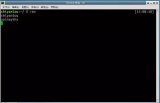


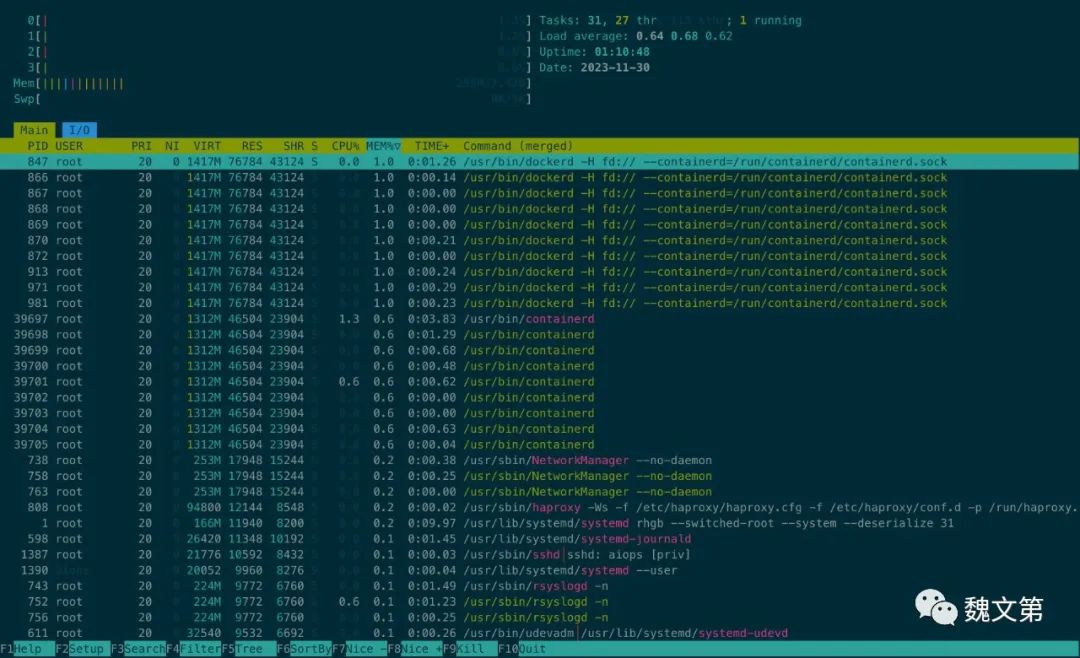


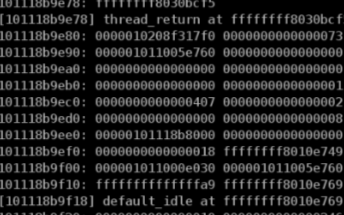


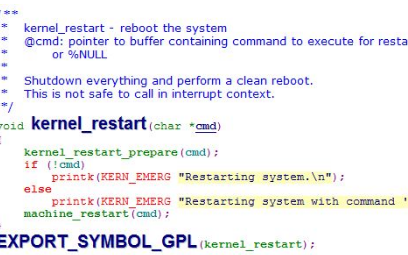





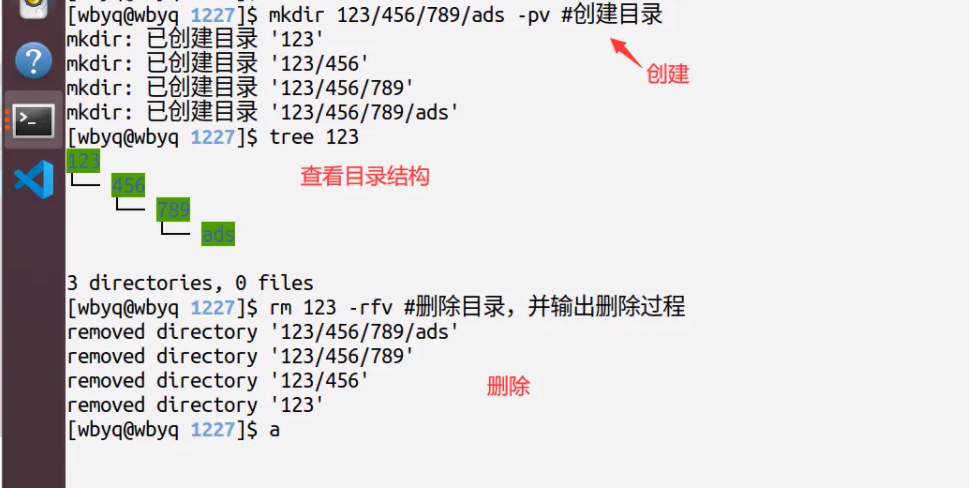

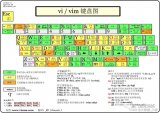










评论